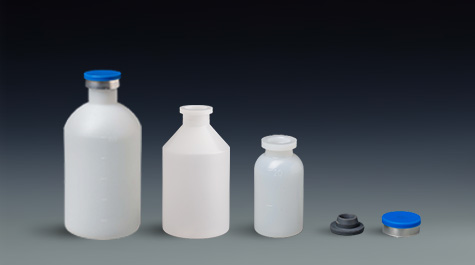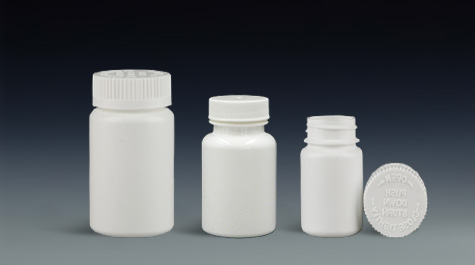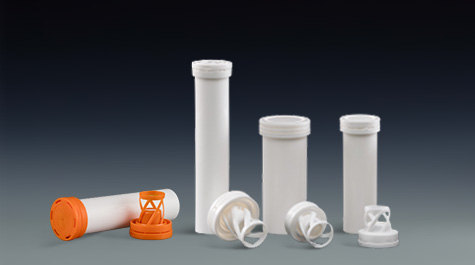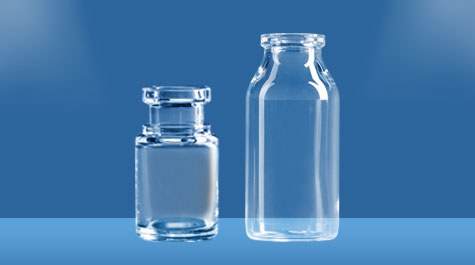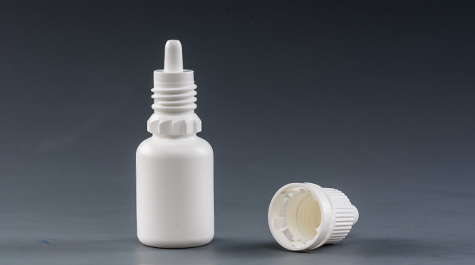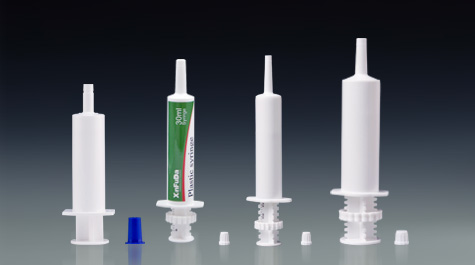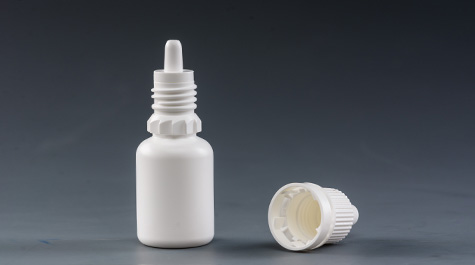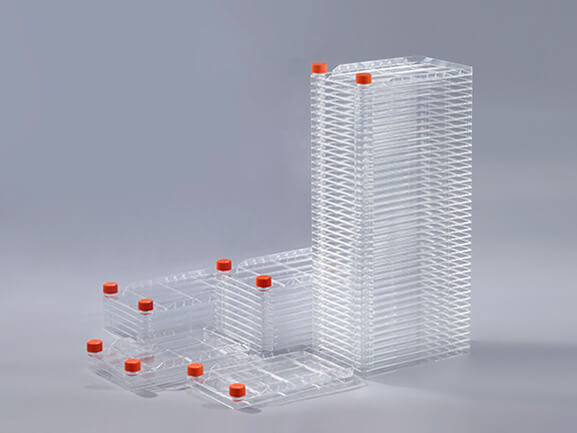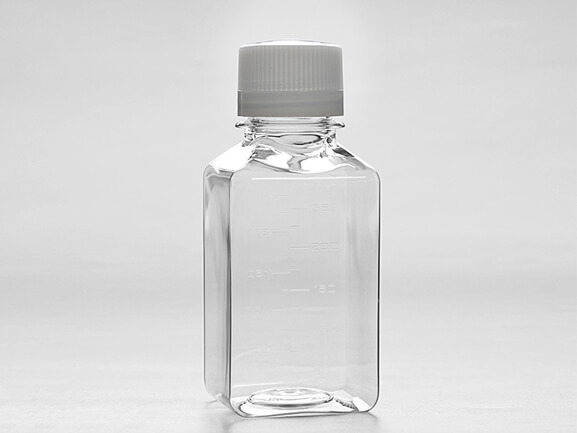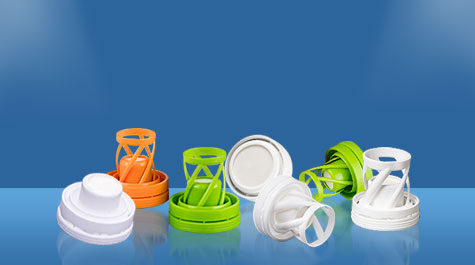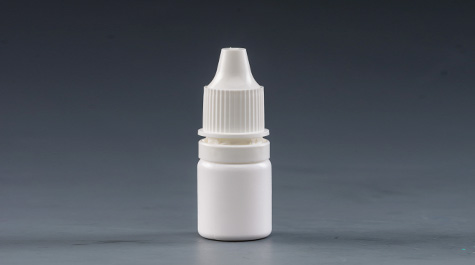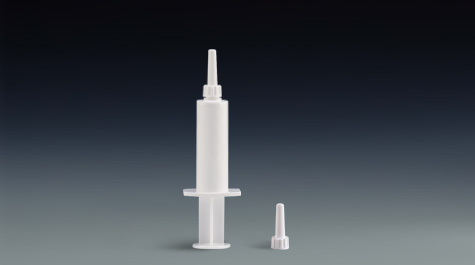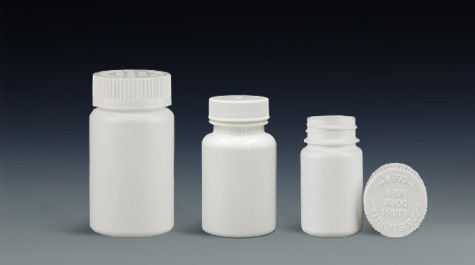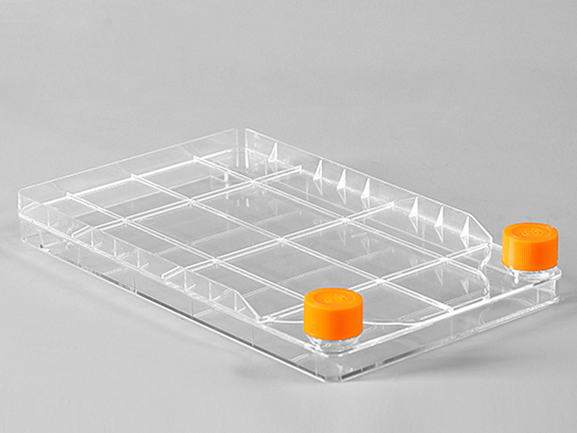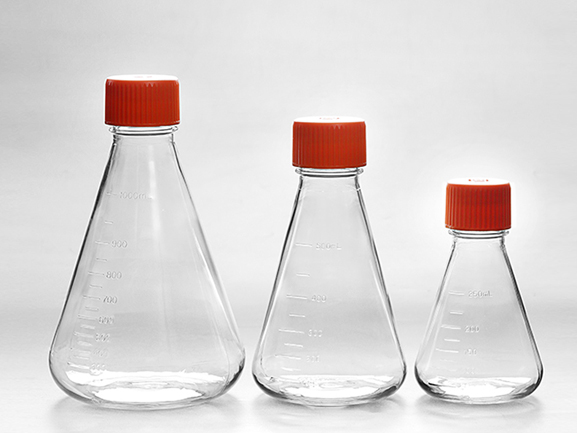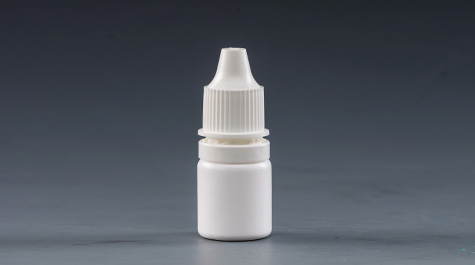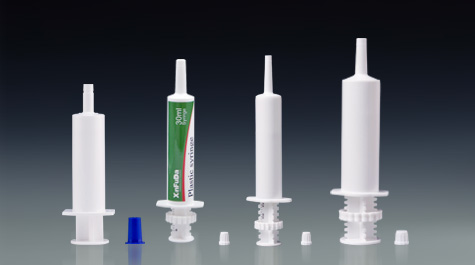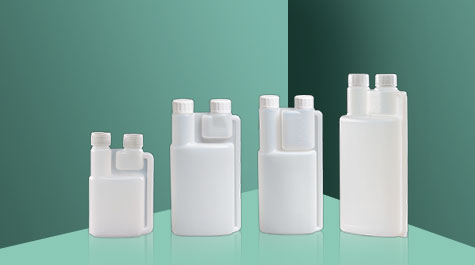Plastic vaccine bottles are a common type of veterinary packaging. With the promotion of the national compulsory immunization program, the quality of packaging has also received more attention. The tightness of the bottle is an important criterion for measuring the quality of packaging.
There are many types of animal vaccines, including inactivated vaccines, attenuated vaccines, subunit vaccines, metabolite vaccines, etc. Different vaccines have different requirements for the storage environment, but the same is that these vaccines need to be stored in the vaccine bottle, and can Whether to maintain a good immune effect during the validity period is directly related to the tightness of the bottle. If the bottle's tightness is not good, liquid leakage will occur, which will affect the quality of the vaccine. Therefore, tightness is an important test item for veterinary packaging.
Generally, the factors that affect the tightness of the vaccine bottle mainly include the accuracy of the bottle mouth size and the bottle cap. The inaccurate diameter of the bottle mouth will cause the bottle cap to be tightly sealed and prone to liquid leakage. Whether the quality of the bottle cap is satisfactory and whether the barrier performance meets the standard requirements will also affect the overall tightness of the bottle. Pharmaceutical packaging manufacturers need to strictly control all production processes in order to produce high-quality packaging.
Reasonable and effective immunization of animals is an effective means to prevent the occurrence of epidemics, and it is also the basis for promoting the healthy development of animal husbandry. The main factors affecting the tightness of the vaccine bottle are the size of the bottle mouth and the bottle cap. Only high-quality packaging can ensure a good immune effect.
